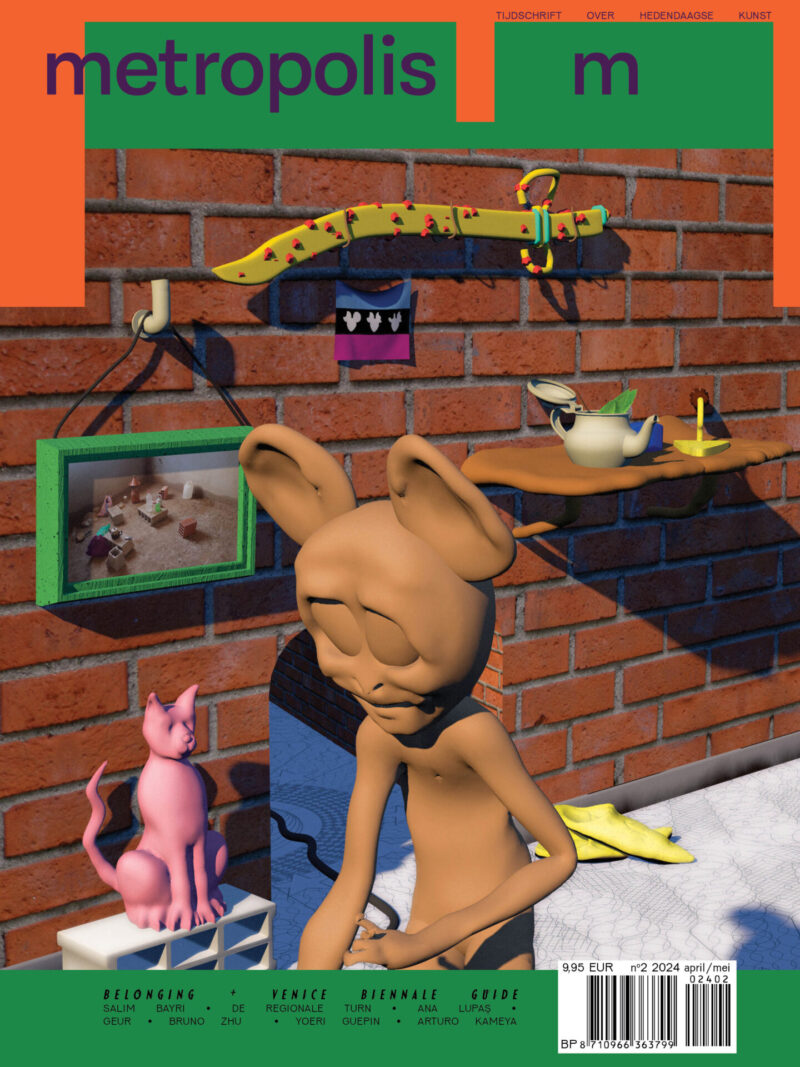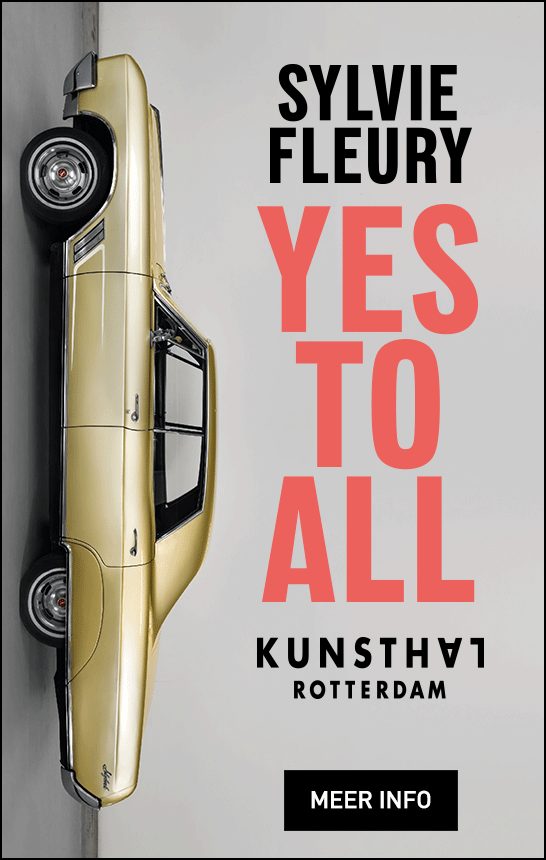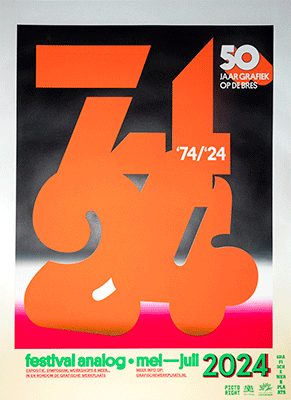
CAA 2010 98th Annual Conference

The annual conference of the College Art Association is a major forum for art historians and other professionals in the visual arts in the United States. Just like conventions of other academic fields in the Humanities, such as architecture (SAH) or languages and literature (MLA), the CAA is not only a conference for current scholarship, but also plays a significant role in the (academic) job market, encompassing job interviews, career development workshops, and more. This combination of a three-day conference and a meeting place for the job market makes the CAA a lively and frantic context for art historians and other professionals in the field, such as art critics, artists, and museum staff.
The CAA takes place in New York every three years, and in the other two years rotates among major cities in the US, such as Boston (2006) Dallas (2008) and Los Angeles (2009). This year the city of choice was Chicago, where the event was hosted at the Hyatt Regency Hotel to the south of the Loop, from February 10 to 13, 2010. Given the notorious Chicago winters it is somewhat courageous to organize a large-scale, conference in this city in the middle of February, but this time it was above all the heavy snowstorms on the East Coast that made it impossible for many participants to be on time. Thus, sadly, many participants and Chairs were missing in the sessions, and several awards had to be conferred to prize-winners still waiting at the airport or trying to get to Chicago in a rented car. Yet despite the absence of numerous participants, the conference lacked neither visitors nor substance: the 98th CAA turned out to be one of the best attended in recent years, and the quality of the sessions was, overall, satisfyingly high.
One of the charms of CAA is that it is open to all disciplines and topics in the field of art history: from the classical period and the Renaissance to contemporary art history; from funeral sculptures and ‘Ottoman Kulturpolitik’ to concerns of art today in the global age. Since this is a review for a journal of contemporary art, however, I will limit myself to an evaluation of the sessions about contemporary art. In keeping with trends in the art world, the most popular topics in this field were ‘feminism,’ ‘the 60s’ (the reassessment of its legacy), ‘globalization’ (from contemporary Chinese and African art to theories of translation), ‘media’ (especially photography and the so-called ‘new media’), and the very nature of this relatively young discipline itself — for, not so long ago, we still spoke about ‘modern’ instead of ‘contemporary’ art history.Thursday
feminism – orientalism – photography
The first session I attended on Thursday was ‘International Perspectives on the Legacy of American Feminist Art and Art Histories’, chaired by Kathleen Wentrack. The debatable assumption of this session was that the legacy of American feminism in the 1960s and 1970s functions as a model and source of inspiration for ‘feminisms’ around the globe today, and also for gay and queer artists. In her own paper, ‘Male Artists and the Feminist Art Legacy’, Wentrack discussed the work of two male gay artists in particular, and showed how they responded to the work and themes of their feminist precursors. The other papers dealt with art made by women from China and North Africa. It is, of course, questionable whether this art should be categorized as ‘feminist’ in the Western sense. Monika Lin recognized that female Chinese artists do not want to be allied with historical feminism in the West, but even so she held that Chinese women must somehow be influenced by the first wave of American feminist artists because they wrestled with similar issues.
Given the current academic ambition and concern of Western art history to think about, and include, art of other places, something seems still not right in terms of cultural dialogue
In ‘Challenging Orientalism’, Cynthia Becker argued that we need to go beyond ‘orientalism’ to understand the work of non-Western artists such as Zineb Zedira (Algeria) and Lalla Essaydi (Marocco). Yet it is doubtful whether Becker fully grasps the complexities of orientalist discourse herself, because only after she was asked whether these artists were actually raised in the West or in the Islamic countries of origin, did she disclose that they live and work in Paris and New York. Leaving criticisms aside, the panel did aim to advance new feminist concerns, which in the US first came to the surface in the Global Feminisms exhibition in the Brooklyn Museum (2006). The speakers of the panel also seemed to be in tacit agreement with this year’s winner of the CAA ‘Distinguished Feminist Award’, Griselda Pollock, who in her acceptance speech declared that feminism should be expanded to the ‘study of difference’ in general, such as postcolonial studies, queer studies, etc.
The best session on photography was ‘Photography at Work’, co-chaired by Stephanie Schwartz (Courtauld Institute of Art) and Devin Fore (Princeton University), the latter stuck in New York due to the snow. The stakes of this panel were high: a reconsideration of photography through its material history intended to counter traditional art historical approaches to photography, which reduces it to a technical mode of representation — to an image, in short. With Marx’s concept of ‘labor’ as her conceptual basis, Schwartz posited that the construction of the photographic image is not just a question of technique but also of ‘work’.The invited speakers interpreted this session’s thesis very differently. John Roberts, for example, looked at photography in terms of the production of space in Henry Lefebvre’s sense, which he then used as a conceptual framework to explain the historical change in American landscape photography from an anti-modernist genre (immersed in the ‘sublime’) to a modernist field (Ed Ruscha’s urban landscapes, for instance). Juliet Koss elaborated on photography’s constructive role in the cultural making of the Soviet State in the 1920s, but similarly implied that photography is not just the production of a series of images, but a laborious, ideologically driven project.
Lisa Zaher’s paper, however, came closest to the underlying idea and ambition of the panel. In ‘Working photographically’, Zaher carefully analyzed the building cuts of Gordon Matta Clark through his photographic montages, and showed his deep understanding of the history and theory of optical devices. Zaher productively related Matta Clark’s photographic work to Leon Battista Alberti’s theory on perspective and William Henry Fox Talbot’s description of photography as ‘the pencil of nature’. She also demonstrated that the artist integrated this knowledge in his laborious constructions of contradictory spaces and light. In the intellectual spirit of the session, Zaher contributed to ‘the new chapter’ (Schwartz) in art history vis-à-vis photography through a rereading of the medium from a methodical media archeological perspective. While the session triggered a lively discussion, it did not take up the challenge of responding to other key positions in the field, such as Michael Fried’s analysis of contemporary art photography in terms of ‘pure’ aesthetic representation in Why Photography Matters as Art as Never Before (2008).
This CAA also scheduled sessions late in the evening, from 8 pm to 10.30 pm. I am not sure whether this was lucrative, because participants of the CAA and other art events prefer to go out for dinner or attend openings at that time. It did not come as a surprise, then, that the evening panels were embarrassingly empty. In the session, ‘Translating the Lingua Franca’, the one speaker who could have attracted attendees was absent, T.J. Demos. Demos has published widely on the geopolitical conditions of contemporary art under globalization — the topic of this panel. Still, the session had lots to offer, such as Anthony Raynsford’s paper ‘Invented Dialectics’ and Esra Akcan’s ‘(Un) Translatability from Above and Below’.On the basis of the work of the Spanish architect José Luis Sert, Raynsford made the interesting case that modern architecture of the so-called ‘International Style’ has not just influenced Mediterranean architecture, but, vice versa, that Latin, vernacular traditions have also shaped modern architecture. Thus, Raynsford turned the hegemonic construction of modern architecture into a complex question of cultural dialogue. Akcan was equally interested in questioning modern myths of architectural influence, but now in relation to Germany and Turkey in the 1920s and 1930s. Yet her analysis also operated on a theoretical level: through a theory of architectural translation, emerging out of the episodes of German-Turkish collaborations in modern architecture, Akcan developed the conceptual tools for understanding cultural dialogues in architecture in general, including the power relations by way of her sub-distinction of ’translations from above and below’.
Friday
the sixties – relational art – globalization
Friday began with the challenging session, ‘Art as Event’, chaired by Nadja Rottner, who recently completed her dissertation on Claes Oldenburg at Columbia University. At stake in this panel was the legacy of the 1960s, when the idea of ‘art as event’ was promoted by Happenings and Fluxus artists such as Oldenburg, but its main aim was to consider the viability of participatory models for art today, especially Nicolas Bourriaud’s idea of ‘relational art’. Most of the papers focused on socially engaged art from the 1960s through the 1990s; or, more precisely, from situationism and happenings to relational art. Daniël R. Quiles, for instance, gave an interesting talk in which he expanded our idea of happenings from a South-American perspective through an analysis of the work – or events – of Oscar Masotto. Jennifer Stobb interrogated Bourriaud and his relational aesthetics in her ‘Antiart, Non-event: The Situationist Inverse of Relational Aesthetics’. In line with the negative criticism of relational aesthetics in the US, Stobbs argued convincingly that Bourriaud does not acknowledge the legacy of his immediate predecessors‚ Guy Debord and the situationists, but she failed to recognize (or analyze) the deeper reasons for the emergence of relational aesthetics in the 1990s as a distinct phenomenon of 1960’s situationism. This session, all in all, reconsidered the legacy of 1960s more seriously than another panel entirely devoted to this topic, ‘(Mis) Remembering the Sixties’, though in the latter Robert Slifkin eloquently argued in a McLuhanesque vocabulary that art history today needs to ‘uncool’ the 1960s.
While the sessions on contemporary African art did not have the same intensity as the ones at earlier CAAs, especially the one in Boston 2006, where significant research on African art since the decolonization in the 1960s was presented, the Chinese session 'Contemporary Chinese Art: Contexts and Narratives' did offer original, new approaches to contemporary Chinese art. The Chair of the session was Wu Hung (University of Chicago), who is an acknowledged expert in the field. As one of the speakers was absent, Ming Lu Gao (another crucial contributor to the field), Hung gave a paper in his place, in which he raised the question of how to narrate ’the story of Contemporary Chinese art’ from multiple perspectives in both the domestic and the global sphere. An exceptionally insightful paper was presented by Eugene Wang, who offered a convincing reading of well-known works such as Xu Bing’s Book from the Sky (1987) and Cai Guo Qiang’s The Rent Collecting Yard (1999) through the concept of labor. The message of Wung’s talk was that these artworks should not only be understood in the global sphere but also within their historical and cultural context: the tension between two kinds of labor which resulted from the historical change in China — Mao’s socialist glorification of physical labor to Deng’s capitalist advocacy for mechanized labor — might help explain the work of these artists. The other sessions on Chinese art were less enlightening, and especially those who expected to learn about ’New Media Art’ in a panel with that name were disappointed that no Chinese new media artist was discussed.
Saturday
contemporary art history
The Society of Contemporary Art Historians was founded at the 97th CAA in Los Angeles (2009), where it organized its first panel on the question of ’What is Contemporary Art History?’ with mixed results: on the one hand it addressed some relevant topics to the field, but on the other it devolved into a discussion of mundane teaching issues. On the last day of the CAA Chicago, the topic of contemporary art history was resumed by this young and useful society. The general tendency was to criticize the status of contemporary art history, and the alleged monopolistic power of a few important figures in the field. Given that Robert Storr was invited to this panel, it is not surprising that the authors of <em>Art since 1900 </em>were under fire. Storr declared in a tongue-in-cheek revolutionary tone that a new generation should ’take over’, and he was pleased to sense a similar desire in some of the speakers of the panel. While Storr’s prognosis that the art historical discourse should be opened up is well-stated, it seems less productive to promote a ‘revolt’ in a room full of scholars greatly indebted to the work of the generation of art historians related to Art since 1900. What would such an overthrow lead to anyways: the next ‘one-party’ (Storr) enclave?
So, while it is true that there are a myriad of questions and concerns that need to be addressed, the Society of Contemporary Art Historians will hopefully focus on the ‘real’ issues concerning the discipline at the next CAA, such as the legacy of the 1960s and the category of contemporary art history, the geopolitical and aesthetic aspects of globalization, the questions brought forth by the seemingly unstoppable media (the media sessions are still particularly weak on the CAA), and the challenge to rethink the parameters of the field.
Meanwhile, the current generation of scholars can continue their hard and vital work in this challenging and ever-changing field. Rather than a revolt, it would help if more scholars from outside the United States would be actively encouraged to partake. Nearly 100 of the 3000 participants registered in the CAA’s directory of attendees were from outside the United States: about 35 from the United Kingdom, 20 from Canada, 25 from Western Europe, but only one from Eastern Europe, one from Asia, one from Africa, and none of South America. Given the current academic ambition and concern of Western art history to think about, and include, art of these other places, something seems still not right in terms of cultural dialogue.
Sjoukje van der Meulen
is kunsthistorica aan de Universiteit Utrecht en werkt momenteel aan een onderzoeksproject over hedendaagse kunst in de Europese Unie.




















